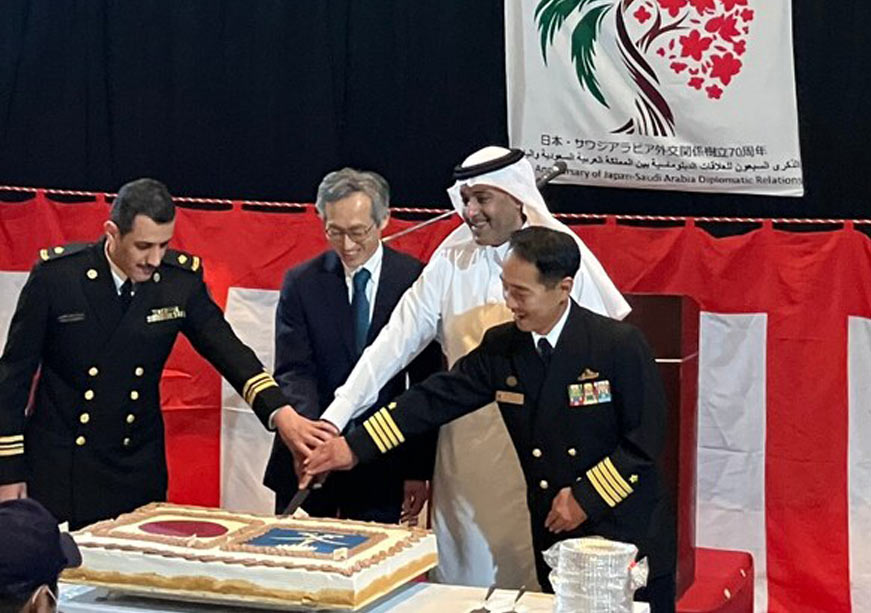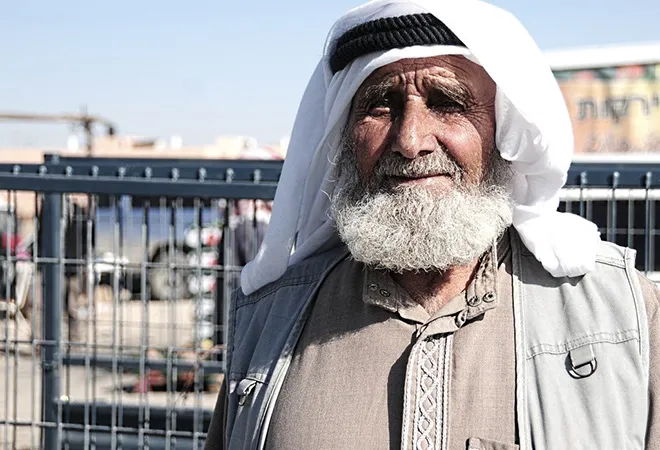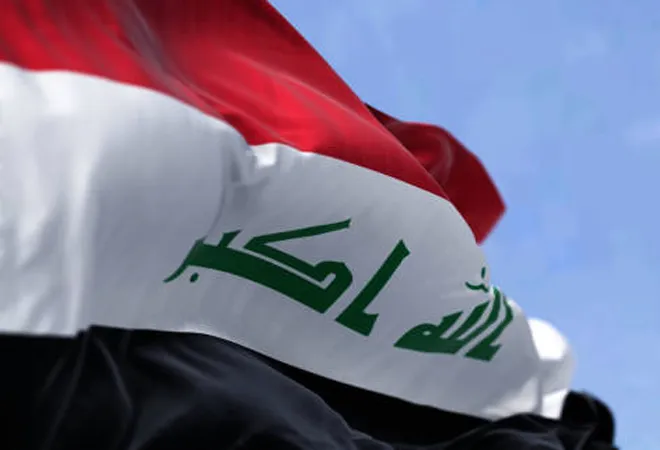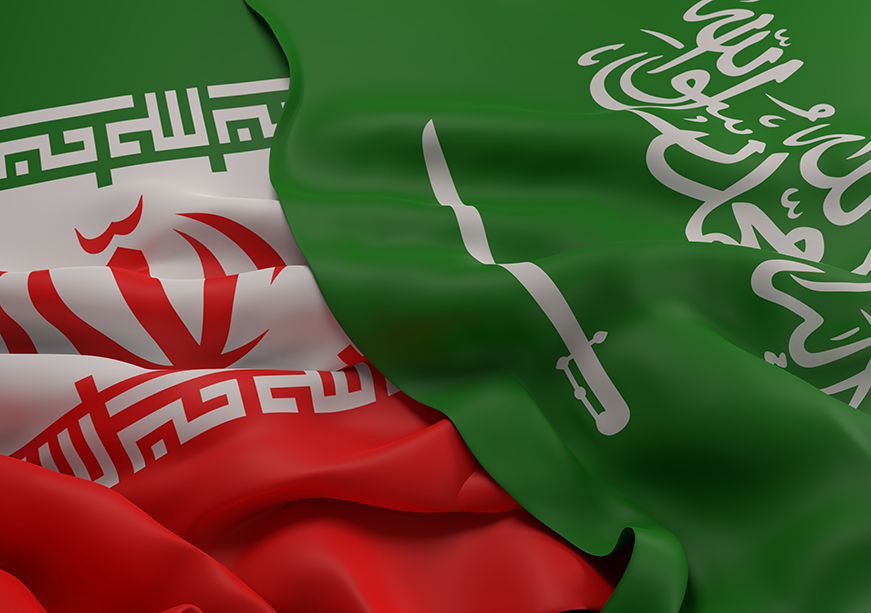On 22 September 2025, Tokyo hosted the 8th Ministerial Meeting of the Japan–Saudi Vision 2030 (JSV 2030), marking the latest milestone in a relationship that this year celebrates 70 years of diplomatic ties between Japan and Saudi Arabia.
Over seven decades, energy has not only anchored but also continually reshaped this partnership.
Earlier this year, Japan’s Minister of Economy, Trade and Industry Muto Yoji visited Saudi Arabia to attend the Japan–Saudi Arabia Business Council and the Japan–Saudi Vision 2030 Ministerial Roundtable.
During his visit to Dhahran, Minister Muto held bilateral talks with Prince Abdulaziz bin Salman, Saudi Arabia’s Minister of Energy.
The two ministers reaffirmed that, as both nations pursue energy transitions, it is vital to do so in ways that ensure energy security and economic stability, a principle that continues to define the pragmatic core of Japan–Saudi energy diplomacy.
These meetings reflect how a relationship once centered on oil security has steadily expanded.
Japan’s long-standing dependence on stable hydrocarbon supplies is now complemented by shared priorities in clean fuels, hydrogen and ammonia value chains, advanced materials, and energy technology cooperation, all closely aligned with Saudi Arabia’s Vision 2030 diversification strategy.
Historically, Japan’s reliance on Middle Eastern crude has been a structural reality of its post-war industrial development. Even today, over 90 percent of Japan’s crude oil imports come from the Middle East, making supply stability central to its economic planning.
In this regard, Saudi Arabia has been one of Japan’s most consequential partners. Over time, long-term contracts, strategic oil stockpiling, and supply assurances have built a deep foundation of mutual trust.
Among the most notable components of this framework is Saudi Aramco’s leased crude-oil storage in Okinawa, established in 2011 and expanded several times since.
The facility — approximately 9 million barrels by 2022 — provides Japan priority access to stored supplies in emergencies, making it a strategically significant pillar of Japan’s energy security.
Both nations have established long-term decarbonization targets — Japan for 2050, Saudi Arabia for 2060 — and the bilateral energy relationship is increasingly rooted in clean-energy innovation rather than replacing the foundation of crude.
While Japan’s LNG portfolio has historically been diverse, Saudi Arabia has in recent years expanded its own gas capabilities.
The Hawiyah gas-storage project, which became operational in 2024, highlights Riyadh’s growing interest in playing a larger role in global gas markets, a development that could eventually align with Japan’s future gas needs.
As global climate commitments evolve, Saudi–Japan energy relations have naturally adapted.
The transformation is gradual and collaborative. Both nations have established long-term decarbonization targets — Japan for 2050, Saudi Arabia for 2060 — and the bilateral energy relationship is increasingly rooted in clean-energy innovation rather than replacing the foundation of crude.
One of the most visible symbols of this shift is the Japan–KSA Lighthouse Initiative for Clean Energy Cooperation (Manar), launched in July 2023 during Prime Minister Kishida’s visit to Riyadh.
The initiative supports high-impact projects for hydrogen, ammonia, e-fuels, carbon recycling, direct air capture, and advanced materials, creating a shared roadmap for joint clean-energy industrialization.
Since its launch, Saudi institutions and Japanese research bodies have advanced this agenda. In 2024, the King Abdullah Petroleum Studies and Research Center (KAPSARC) and Japan’s Institute of Energy Economics (IEEJ) signed an MoU to deepen collaboration across hydrogen, ammonia, CCUS, and carbon recycling.
Operational progress is visible as well. In 2020, Saudi Aramco, SABIC, and Japan’s IEEJ successfully demonstrated the production and shipment of 40 tonnes of blue ammonia from Saudi Arabia to Japan for zero-carbon power generation. This end-to-end value-chain test demonstrated the technical feasibility of future clean-fuel flows between the two nations.
The partnership is also expanding into technology and services. In April 2025, Japanese drone company Terra Drone signed an MoU with Aramco for advanced aerial inspection of oil and gas facilities. Test runs are expected soon, with potential full-scale operations by 2027 — reflecting how the bilateral energy ecosystem increasingly includes digital and industrial technologies.
To support these transitions, financing frameworks are strengthening. In May 2024, the Saudi Power Procurement Company (SPPC) signed two power purchase agreements with a consortium led by Marubeni to procure power from the Al Ghat Wind Project (600 MW) and Wa’ad Al Shamal Wind Project (500 MW).
JBIC is also supporting regional interconnection, including the Saudi–Egypt transmission link designed to enable power exchange and enhance renewable grid integration.
The Japan Bank for International Cooperation (JBIC) has been proactive in financing Saudi clean-energy infrastructure. Its financing of the Rabigh Solar PV Project — a 300 MW IPP co-financed with Mizuho Bank and Al Rajhi — marked JBIC’s first such financing and will supply power to SPPC under a 25-year agreement.
JBIC is also supporting regional interconnection, including the Saudi–Egypt transmission link designed to enable power exchange and enhance renewable grid integration.
In 2024, JBIC renewed its memorandum of understanding with Saudi Arabia’s Public Investment Fund (PIF) to expand collaboration in decarbonization, digital transformation, and smart-city infrastructure — reinforcing a shared commitment to shaping the next phase of clean-energy development.
Looking ahead, the task for both nations is to scale early-stage successes into commercially viable, long-term ventures.
While global market dynamics, technology costs, and international competition will shape the pace of progress, the foundations of cooperation are strong.
Japan contributes technological expertise, industrial systems, and financing.
Saudi Arabia brings scale, competitive renewable resources, world-class infrastructure, and a strategic diversification drive under Vision 2030.
If the Lighthouse projects progress from demonstration to full commercialization, the Saudi–Japan model could become a global reference point for transregional clean-energy cooperation.
Seventy years since the establishment of diplomatic relations, the Saudi–Japan partnership stands as an evolving example of adaptive energy diplomacy, a relationship anchored in stability and now expanding into low-carbon technologies, clean-fuel innovation, and integrated industrial collaboration.
As energy systems continue to transform, the operating logic remains clear: the bilateral energy relationship is not being replaced, but strengthened and re-engineered for a new era.
This commentary originally appeared in Saudi Gazette.












